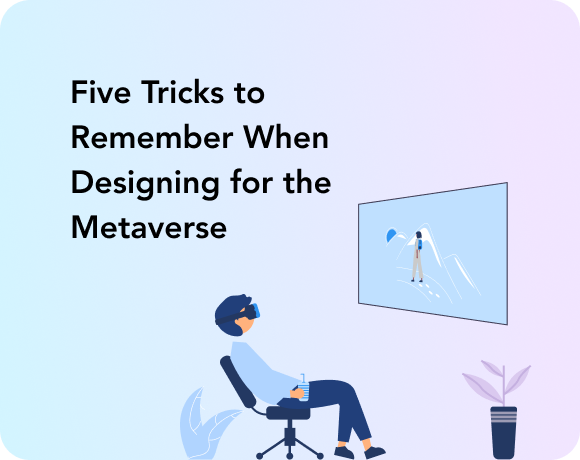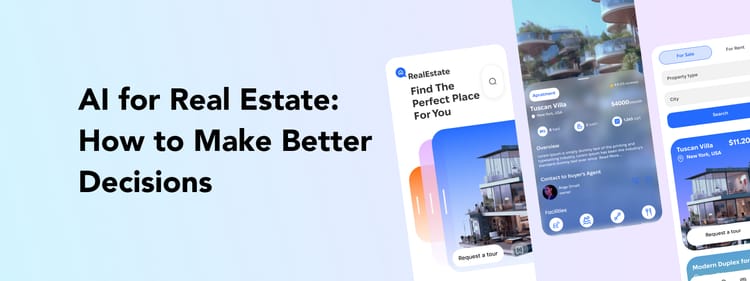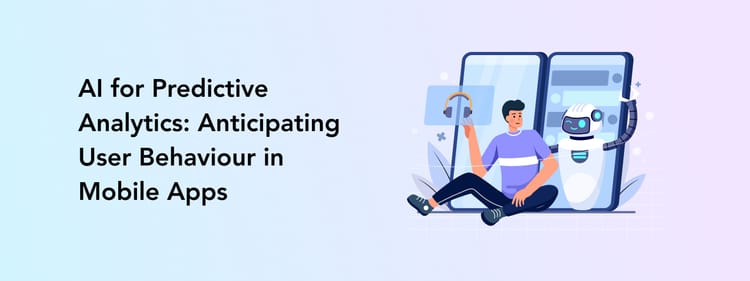How to design for the metaverse? That’s a tricky question, isn’t it? For starters, it might be challenging to define the metaverse itself. Let’s start with the latter.
The metaverse is a digital world that exists parallel to the real one. We might say it’s a 3D model of our reality. The metaverse can include any activities and interactions, like having a meeting or shopping. The only difference is that everything is digital and happening in a computer-generated environment.
Metaverse is often associated with such technologies as AR and VR but is in no way limited to those. Any virtual experience, even on the smartphone's screen, can be part of the metaverse.
For example, Decentraland, one of the most successful metaverse examples, has nothing to do with AR or VR; it's just 3D models in your browser. It leads us to understand that the metaverse is more about a well-rounded, fully digital experience rather than the technologies behind it.
A quick tip: if the metaverse is still a confusing mumbo jumbo for you, read our blog post explaining all whats and hows of the metaverse.
At this point, it is pretty clear that the metaverse isn’t just your average banking app. It is a more extensive virtual experience, requiring an immersive and comprehensive approach. For UI/UX designers, it means a shift in methods and mindset.
Our design team shares five golden rules to keep in mind before diving into creating the virtual world of the metaverse.
Offer users an all-round experience
Even when thinking about early metaverse adoptions, it is somewhat hard to wrap your head around this concept and visualize what exactly the activities in the metaverse will be. While Meta might be working as a one-stop-shop solution that is basically a replacement for the real world, smaller companies should prioritize fewer features to be introduced.
Don’t try to conquer the whole virtual world at once. Is your platform a virtual gallery of 3D paintings (like Mona), or is it an AR educational project? Focus on a specific purpose rather than all at once.
Nevertheless, your metaverse platform should introduce an all-round experience to the users, which means that it’s not just a game or e-commerce app but a designated virtual system.
For this system to work, the metaverse economy should be considered. Even now, users are actively trading NFTs and so they will in the metaverse. That’s why an infrastructure for digital trading is a must.
Remember to prioritize features not to overwhelm the user and give the power into their hands. After all, the metaverse is all about the Internet’s decentralization, meaning that the users are creating and exchanging digital objects. Let them do it with proper blockchain gateways and interaction opportunities.
Remember about standardization and design system
The metaverse might be an unexplored and sometimes even a bit hostile environment for some users at first. Even without virtual reality (which, by the way, can even cause dizziness and headaches), opening a website with a digital city can be confusing.
That’s why, as a designer, your task is to make this shift smooth and seamless. How? By making your design as consistent as possible.
Don’t forget to develop a design system. Standardized and unified visual elements will help your users navigate the platform easier. Leave some ties between the usual mobile apps or websites and the new metaverse solution.
You should also give your users clear instructions and not leave them with too many menus and choices. Your virtual world should be easy to navigate. For example, in AR or VR solutions, make a short guide on using gestures in the app.
Additionally, the users will create lots of content later, especially if your metaverse solution is a marketplace, game, or gallery. That’s why it’s essential to keep it simple and let the users build their own elements.
For example, let’s say your metaverse project is an e-commerce solution. The main focus of this platform will be the very items. Be it NFT pictures or virtual clothing, VR or just a browser-run application, the background should be pretty neutral.
Introduce interaction and storytelling
If there were one keyword to describe the metaverse, it would be interaction. Look at it this way: the metaverse is specifically created to allow users to do the same activities they enjoy in real life: visiting museums, meeting with friends for some bowling, or attending a class.
Whether it is a work meeting or a fun game, most users will be logging into the metaverse to engage in some kind of interaction. That’s why your platform should be suited for communication and all levels of interaction.
The metaverse is the opposite of passive watching; each user will be willing to actively explore the virtual world. You can help them by introducing storytelling in your solution. Or, better said, storyliving.
Just like we said, you are not simply telling your users a story; you are inviting them to become the main characters. Such technologies like VR leave users no other option rather than participate in the events. What moves the narrative forward in the storyliving is the choices a user makes.
While it’s the users who are now living the story, as a designer, you are the one guiding them through it. Remember that the metaverse can be confusing at first — give your users a thread to follow by introducing a straightforward step-by-step story.
Target a specific technology
Our next piece of advice is to consider what technology you are designing for. The metaverse doesn’t equal virtual reality. A mobile gaming app or a browser NFT gallery can also be the metaverses.
When creating a new metaverse solution, remember the possibilities and limitations of a particular technology and what kind of design this tech requires. For example, you are making a mobile app with a set of augmented reality features. Your opportunity here is to have a broader space for new features. At the same time, you need to remember about:
- Creating a dashboard that will line up with the real environment
- Providing your users with enough data while in the AR mode
- Deciding between AR that works with phone camera only or making it adaptable for AR glasses as well
These are some examples of the questions you need to think through before going ahead with the very UI/UX design.
Learn new tools for 3D modeling
Finally, the metaverse is closely tied with 3D. Basically, 3D modeling is the pillar of metaverse solutions. If you don’t have experience with designing 3D objects, it’s high time to learn it. From an extra point in your CV, it is now transforming into a required skill to be a good UI/UX designer.
Our beloved tools such as Figma are not that much suited for 3D solutions. It’s time for us to get acquainted with new ones. Some popular software for 3D modeling include:
You might choose to start with a simple Figma plugin or go right ahead with learning how to use a dedicated tool. One thing is certain — 3D is a must-have in the metaverse design.
Wrapping up
And those were five tips on how to prepare yourself for designing for the metaverse. Our design team is in the “Ready, set, go” mood and up to explore this side of the user experience.
One more thing before you go on creating new excellent metaverse designs: let’s not forget about the basics. Proper research on user persona, exploring users’ pains and needs, creating a user journey — these small steps contribute a lot to the product's success. After all, how else can we be great storytellers for our users?
Perpetio is open to new design and mobile development projects. Whether you want to enter the metaverse or need any other assistance, feel free to contact us.





